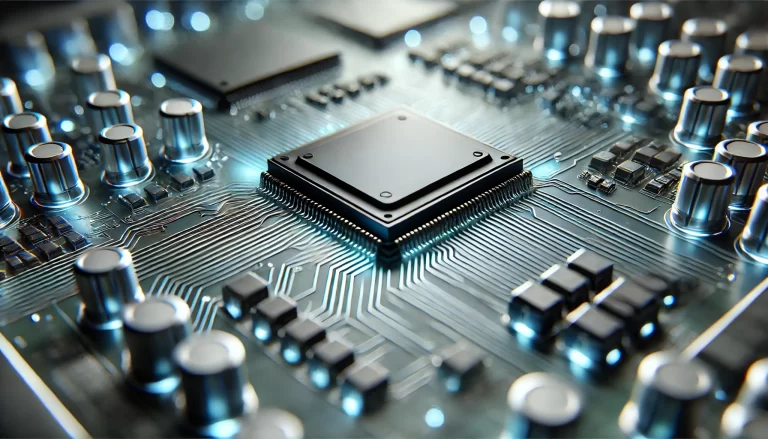
Self-Learning Lubrication Systems: Smarter Maintenance for Modern Machines
In industrial operations, automotive manufacturing, and heavy machinery, proper lubrication is the unsung hero of efficiency and longevity. Without it, friction increases, wear accelerates, and breakdowns become inevitable. Traditionally, lubrication has relied on fixed schedules, manual checks, and reactive maintenance. But with the rise of artificial intelligence (AI) and smart technologies, a new era has emerged: self-learning lubrication systems.
These systems use AI algorithms, real-time sensors, and advanced analytics to deliver the right lubrication, at the right time, in the right amount—transforming maintenance from guesswork to precision. Let’s explore how this technology works and why it’s reshaping industries.
1. What Are Self-Learning Lubrication Systems?
Self-learning lubrication systems are AI-powered platforms that continuously monitor equipment conditions and adapt lubrication patterns based on real-time data. Unlike traditional systems that lubricate on fixed intervals, self-learning systems:
Sense: Collect real-time data from equipment, including temperature, vibration, load, and lubricant properties.
Analyze: Use machine learning algorithms to identify lubrication needs based on historical trends and current conditions.
Act: Automatically adjust lubricant flow, quantity, and timing to maintain optimal performance.
Learn: Continuously refine lubrication strategies based on ongoing equipment behavior and environmental changes.
Think of it as a personalized lubrication plan for every machine, designed to maximize uptime, minimize wear, and optimize efficiency.
2. How Do Self-Learning Lubrication Systems Work?
These systems operate in a continuous feedback loop:
Data Collection: Sensors embedded in equipment track critical parameters such as temperature, vibration, friction, and lubricant viscosity.
Predictive Analysis: AI algorithms analyze the data, identifying patterns that indicate lubrication needs or potential failures.
Automated Lubrication: Based on the analysis, the system dispenses the exact amount of lubricant required, preventing both under- and over-lubrication.
Continuous Learning: The system refines its lubrication strategy over time, improving accuracy as it collects more data.
Real-Time Alerts: If anomalies are detected, the system notifies maintenance teams, allowing proactive intervention.
For example, in a manufacturing plant, a self-learning system might detect rising friction in a conveyor belt bearing. Instead of waiting for scheduled maintenance, the system would automatically adjust lubrication to prevent overheating and wear.
3. Benefits of Self-Learning Lubrication Systems
The shift from manual to smart lubrication delivers significant advantages:
Optimized Lubrication: AI ensures lubrication only when and where it’s needed, reducing waste and enhancing equipment performance.
Extended Equipment Life: By preventing friction, wear, and overheating, self-learning systems protect critical components, extending their operational lifespan.
Reduced Downtime: Predictive maintenance alerts allow teams to address issues before failures occur, minimizing costly downtime.
Lower Operating Costs: Efficient lubrication reduces energy consumption, lubricant usage, and maintenance expenses.
Improved Sustainability: By extending lubricant life and reducing waste, smart lubrication supports environmentally friendly operations.
Remote Monitoring: Cloud-based platforms allow maintenance teams to oversee lubrication performance from anywhere, improving decision-making.
Case Study: SKF, a leader in bearing technology, has reported a 30 percent reduction in lubricant consumption and a 20 percent increase in equipment uptime using smart lubrication systems across industrial applications.
4. Applications Across Industries
Self-learning lubrication systems are transforming operations in multiple sectors:
Manufacturing: Protecting critical bearings, conveyors, and production machinery.
Automotive: Ensuring optimal lubrication for engines, transmissions, and drivetrains.
Energy: Monitoring turbines, compressors, and pipelines for continuous operation.
Mining and Construction: Protecting heavy machinery from wear in harsh environments.
Marine: Enhancing lubrication efficiency in ship engines and auxiliary systems.
Food and Beverage: Ensuring hygienic and precise lubrication in production lines.
For example, in the wind energy sector, self-learning systems optimize gearbox lubrication based on wind conditions, reducing maintenance needs for remote turbines.
5. Challenges and Considerations
While self-learning lubrication systems offer clear benefits, they come with challenges:
Initial Investment: Advanced sensors, AI platforms, and automated lubricators can be costly, though long-term savings often outweigh upfront expenses.
Data Quality: Reliable performance depends on accurate, real-time data. Poor sensor calibration can lead to incorrect lubrication adjustments.
Integration Complexity: Retrofitting existing equipment with smart systems may require significant modifications.
Cybersecurity Risks: As with any connected system, protecting data and equipment from cyber threats is essential.
However, advancements in AI, IoT, and cloud platforms are making smart lubrication systems more accessible and reliable.
6. The Future of Lubrication: What’s Next?
As AI continues to evolve, self-learning lubrication systems will become even smarter and more autonomous. Emerging trends include:
Self-Healing Lubricants: Future lubricants will adapt their properties based on operating conditions, further enhancing efficiency.
Digital Twins: Virtual replicas of machinery will simulate lubrication needs, allowing maintenance teams to test strategies before implementation.
AI-Driven Formulation: AI will help design lubricants tailored for specific applications, improving performance and sustainability.
Blockchain for Transparency: Secure, traceable data-sharing platforms will enhance accountability in lubrication management.
Edge Computing: AI algorithms will run directly on equipment, enabling faster decision-making without relying on cloud platforms.
7. Final Thoughts
Self-learning lubrication systems represent more than just an upgrade—they're a fundamental shift in how we approach equipment maintenance. By combining AI, IoT, and advanced lubrication technologies, these systems ensure that machines run longer, smoother, and more efficiently.
For industries relying on heavy machinery, smart lubrication isn’t just the future—it’s already here, transforming maintenance from reactive to predictive and from wasteful to efficient.
Resources Used for This Article:
SKF: Smart Lubrication Systems and Predictive Maintenance Platforms.
Shell and ExxonMobil: AI-Driven Lubrication Technologies.
Industry Reports from the International Council for Machinery Lubrication (ICML).
General advancements in AI, IoT, and predictive maintenance technologies.